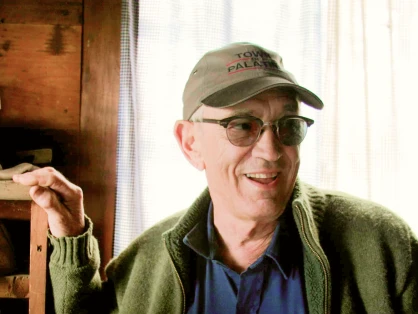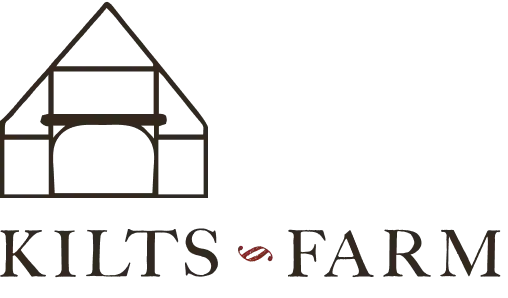In 64 years I could look toward the west and see a barn whose core was a so-called Dutch barn. The ownership of the old property where it stood had gone through second families since Stone Arabia was settled in the early 1700s. As agriculture changed and the financial position of the owner was advanced the old barn had witnessed additions and drastic alterations. These changes can be read like the pieces of a puzzle. Doubtless the first structures on this old farm were erected before the American Revolution and served when grain growing not dairying was the principal thrust for farming. Since the opening shots of the Battle of Stone Arabia were fired probably on this farm on October 19, 1780 any structures then existing were doubtless destroyed by the raiders who were destined to destroy this 50 year old Mohawk Valley settlement. The Palatine German settlers were not easily defeated. Within a few years after destruction new buildings were erected. Doubtless those structures were much the same as those lost. There could have been an effort toward expansion. That was the case with the Stone Arabia churches. Those huge imposing buildings were built less than twenty years after that destructive fall day in 1780. It is quite probable that the barn now being prepared for shipment to Texas was erected within those 20 years. Just who erected and first owned that barn is unknown to me. However we do know who owned it in 1827. A young man named John Adam Failing took possession in that year only four years after he married a girl from a well known Stone Arabia family. John’s ancestors were well known 18th Century Mohawk Valley settlers. The valley became a primary passage on an ever developing push toward the west. The Mohawk Valley turnpike (now NYS Route 5) was built in the early 1800s. Along this new turnpike a few miles west at St Johnsville John’s father had established a tavern. It was from that tavern that John came to the Stone Arabia farm. Another brother settled in the town of Minden above Fort Plain. The Failings were hard working people who through the years drifted toward affluence. Few of that immediate family now reside in the area.
I will now try to explain my personal reaction to the removal of parts and pieces of our area’s history. Am I happy with the process? Not really. No one who has devoted a lifetime to the historic preservation and developing an awareness of our area’s rich history would be. Yet there is a deeper regret than our historic structures being removed to far off areas where those who prize those structures for the remarkable treasures they are. That regret is that most local residents pay little or no attention to the Mohawk Valley’s unique place in the history of our nation. At least a few of our great timber barns hopefully will survive and others are destined to also. If you want to see a Dutch barn go to Salt Springsville’s Windfall Barn or the one at Fort Klock.
As a final farewell to the Failing, Saltsman, Walts Dutch barn I must say that I have met those who through the years have taken away our timber structures. I like them and they are probably correct in saying that their efforts did in one respect preserve these historic structures. Before their efforts I had witnessed these structures destroyed by bulldozers and chainsaws. So I guess a new life even somewhere far away is better.
I’ll end with another passing thought. Proud old structures like human beings can lose something more than being taken away. That would be the loss of a good name, reputation or identity. Most old structures when re-located lose their identity. Hopefully the Failing Dutch Barn will retain its history in far off Texas. To help to retain its Stone Arabia and Failing family roots another very personal John Adam Failing memento will travel with the old building to Texas. On his 80th birthday in 1880 John A Failing was given a gold headed cane by his two sons and it was so inscribed.
It seemed it belonged with the old barn. I hope it remains with it to help tell its story. Someday possibly the man who is going to great effort and expense to transform part of Stone Arabia’s history will come to the Mohawk Valley and realize what a historic area his barn came from. Possibly this will bring others here who will help preserve our history where it was originally placed.


